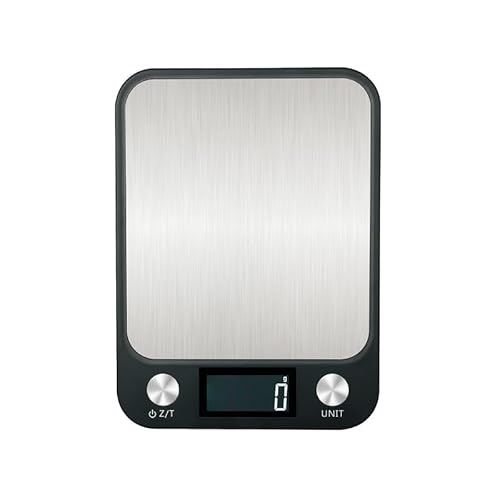How to Make Authentic New York Bagels
INGREDIENTS:
High-gluten flour, 500 g
Water, 265 g
Salt, 10 g
Instant yeast, 4 g (or cake yeast, 10 g)
Malt powder, non-diastatic 20 g
NOTES:
The water amount represents 53% hydration in baker's measure, but variations within the 52-54% range (260-270 g) aren't very significant. If the air is dry for instance, you can add 5 g water to prevent the dough surface from dehydrating too quickly.
Always measure the salt. It can significantly affect the consistency of the dough.
This recipe uses "instant" dry yeast or fresh cake yeast, either of which can be added directly to the dry ingredients. It does not use active dry yeast (typically what you see in packets at the supermarket), which is ordinarily proofed in warm water.
Malt flavor, while not essential, is a common characteristic of New York bagels. You can use the powder or a tablespoon of malt syrup. Otherwise just use 20 g granulated sugar.
I recommend ordering "Sir Lancelot" high-gluten flour, non-diastatic malt powder and SAF Red instant yeast from King Arthur Flour. They have an online store, great products, and they ship internationally.
METHOD:
1 - Mix the flour, salt, yeast and malt powder together in a bowl.
2 - Add the water (room temp or cooler) and any other liquid ingredient to the bowl. Mix, stretch and fold to incorporate everything into a ball of dough. It will start off as a very ragged mass and it may not seem that there's enough water to bring it all together, but there is. When it's lumpy but cohesive and you've wiped the last of the dry ingredients with the dough, remove it to a surface suitable for kneading.
3 - A lot of vigorous kneading is necessary to develop the gluten in this dough. It's about 7 minutes if you have a sturdy enough mixer or at least 10 minutes by hand (about 225 to 250 kneads). After kneading, Wrap loosely in plastic and rest for 5 minutes. Unwrap and give it a few more kneads to obtain a silky-smooth ball of dough.
4 - Cut the dough in half and continue doing so until you have 8 pieces. Place a damp towel over the dough pieces and rest for an additional 5 minutes. Alternatively, if you are good at portioning dough, you can cut into 6 pieces, which is closer to typical bagel shop size.
5 - Line a sheet pan with parchment and oil the parchment very lightly with a paper towel.
6 - Roll a dough ball into a cylinder about 9 inches long. Use both hands in a backwards and forwards motion to roll and evenly stretch out the dough. Drape the dough over your 4 fingers held out flat. Slightly moisten one of the surfaces with water and bring the dough ends together beneath your fingers (there should be over an inch of overlap). Roll back and forth beneath your fingers on the work surface for a firm attachment, then place the dough ring on the baking sheet. Repeat for each piece of dough to form 6 or 8 bagels.
7 - Cover the baking sheet loosely with plastic (the dough needs to be able to expand) and make a few small holes to decrease water condensation. Place the bagels in a very cold refrigerator for 16 to 20 hours. They will rise somewhat despite the cold. The amount of time is quite important, with about 18 hours being ideal.
8 - Preheat the oven to 260 C (500 F). Remove the bagels from the fridge and allow to sit for 15 minutes. In the meantime, heat water for boiling them. The pot doesn't need to be deep, but it should be wide enough to comfortably float half your bagels at once. Note that the bagels will expand a little.
9 - In two batches, place the bagels in the water and gently simmer for 90 seconds on each side. Remove by putting a mixing spoon handle through the hole and place back on the baking sheet in the same orientation (top and bottom) as before. Work fairly quickly so the first batch isn't sitting around a long time while the second batch boils.
10 - Place the boiled bagels in the oven and bake for 14 to 16 minutes. Watch carefully so they don't burn or get too dark. Adjust the oven temp in the future if they take more or less time.
11 - Remove to a cooling rack for 15 to 20 minutes.
TOPPINGS:
Poppy seeds, sesame seeds, pretzel salt, garlic or onions can be added right after boiling the bagels. Use dehydrated chopped garlic soaked in a small amount of water. To prepare onions, dice into short pieces, mix with generous salt, and wait 5 minutes or more for the pieces to begin wilting. Rinse, drain, and squeeze dry by the handful before using.












































